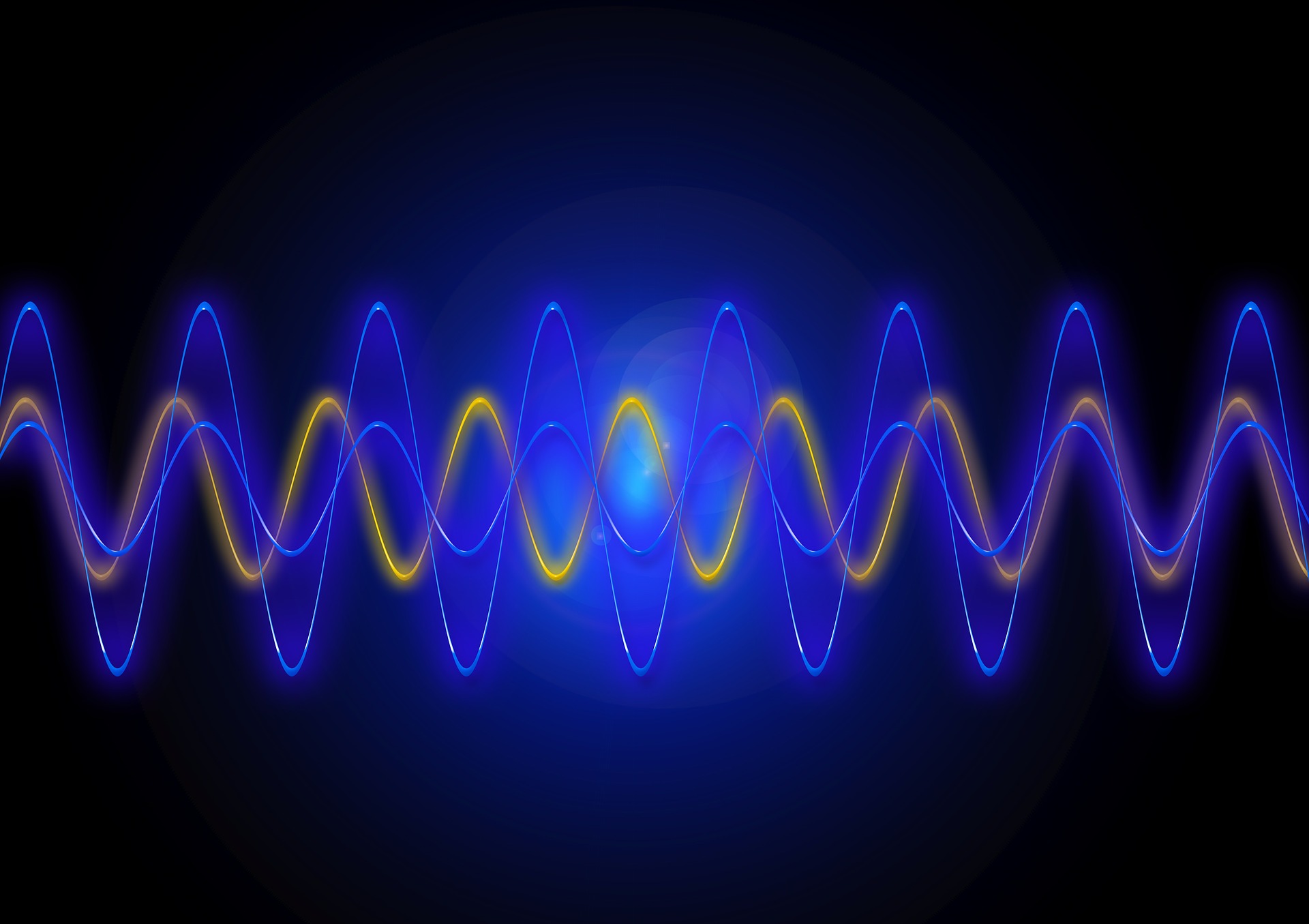- Read more about Perceptual metric for color transfer methods
- Log in to post comments
We present a perceptual model for evaluating results from color transfer methods. We conduct a user study, which provides a set of subjective scores for triples of input, target and result images. Then, for each triple, we compute a number of image features, which objectively characterize a color transfer. To describe the relationship between these features and the subjective scores, we build a regression model with random forests. An analysis and a cross-validation show that the predictions of our model are highly accurate.
- Categories:
 7 Views
7 Views- Read more about FLEXIBLE 3D NEIGHBORHOOD CASCADE DEFORMABLE PART MODELS FOR OBJECT DETECTION
- Log in to post comments
Cascade Deformable Part Models (DPMs) are cascade frameworks to speed up Deformable Part Models (DPMs), which are one of the state-of-the-art solutions for object detection. Its idea is to reject most non-object hypotheses from the early stages of detection process. By investigating the dependency between hypotheses over scales, we introduce a novel pruning method to accelerate Cascade DPM frameworks.
- Categories:
 4 Views
4 Views- Read more about ADAPTIVE CASCADE THRESHOLD LEARNING FROM NEGATIVE SAMPLES FOR DEFORMABLE PART MODELS
- Log in to post comments
A solution to deploy object detection systems to practical applications is to build cascade frameworks which do threshold comparisons in each stage to efficiently discard a large number of negative objects. For particular applications, these thresholds should be retrained for better effectiveness and the efficiency via training datasets. It means that we have to store labeled datasets permanently or collect huge data (for highquality thresholds) whenever learning new thresholds. Both approaches are inconvenient and expensive in terms of memory and data collection cost.
- Categories:
 6 Views
6 Views- Read more about Persistent Multiple Hypothesis Tracking for Wide Area Motion Imagery
- Log in to post comments
Wide area motion imagery (WAMI) acquired by an airborne sensor enables continuous monitoring of large urban areas. Reliable vehicle tracking in this imagery remains challenging due to low frame rate and small object size. Many approaches solely rely on motion detections provided by frame differencing or background subtraction. Recent approaches for persistent tracking, i.e. tracking vehicles even if they become stationary, compensate for missing motion detections by combining a detection-based tracker with a second tracker based on appearance or local context.
- Categories:
 7 Views
7 Views- Read more about TUNABLE COLOR CORRECTION BETWEEN LINEAR AND POLYNOMIAL MODELS FOR NOISY IMAGES
- Log in to post comments
- Categories:
 151 Views
151 Views
- Read more about Class-specific Poisson denoising by patch-based importance sampling
- Log in to post comments
- Categories:
 8 Views
8 Views
- Categories:
 2 Views
2 Views- Read more about TEMPORAL ACTION LOCALIZATION WITH TWO-STREAM SEGMENT-BASED RNN
- Log in to post comments
Temporal Action localization is a more challenging vision task than action recognition because videos to be analyzed
- Categories:
 19 Views
19 Views- Read more about Spike and Slab Variational Inference for Blind Image Deconvolution
- Log in to post comments
In this work, we propose a new variational blind deconvolution method for spike and slab prior models. Soft-sparse or shrinkage priors such as the Laplace and other related Gaussian Scale Mixture priors may not be ideal sparsity promoting priors. They assign zero probability mass to events we may be interested in assigning a probability greater than zero. The truly sparse nature of the spike and slab priors allows us to discard irrelevant information in the blur estimation process, resulting in improved performance.
- Categories:
 9 Views
9 Views- Read more about Continuous Facial Expression Recognition for Affective Interaction with Virtual Avatar
- Log in to post comments
Affect-Sensitive Human-Computer Interaction is enjoying growing attention. Emotions are an essential part of interaction, whether it is between humans or human and machine. This paper analyses the interaction of a user with four different virtual avatars, each manifesting distinct emotional displays, based on the principles of Affect Control Theory. Facial expressions are represented as a vector in a 3D continuous space and different sets of static visual features are evaluated for facial expression recognition.
- Categories:
 5 Views
5 Views